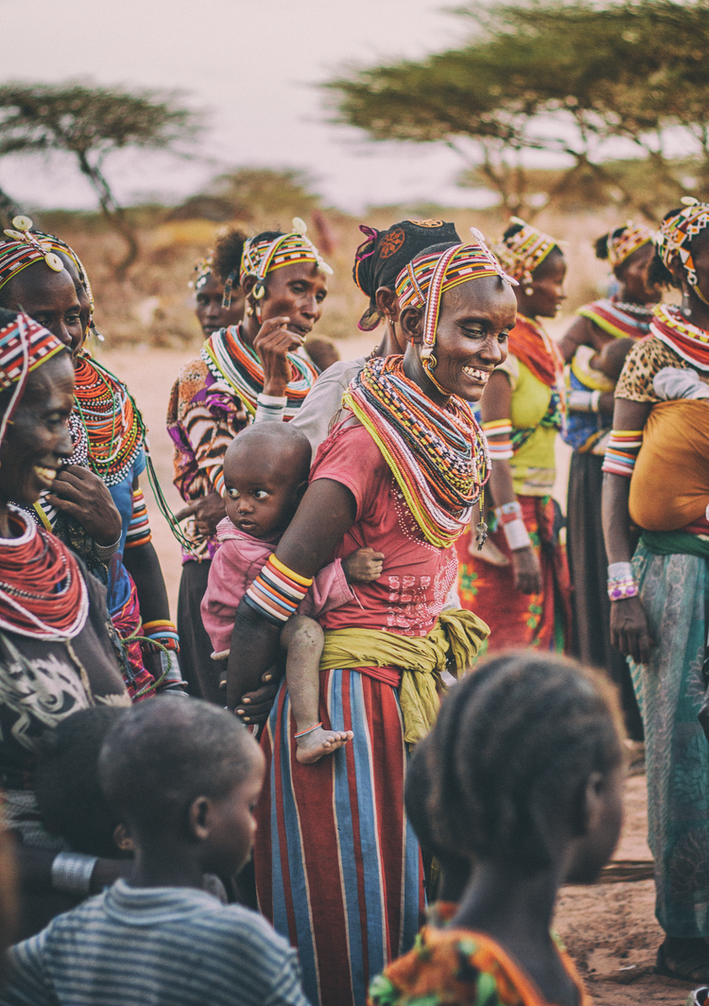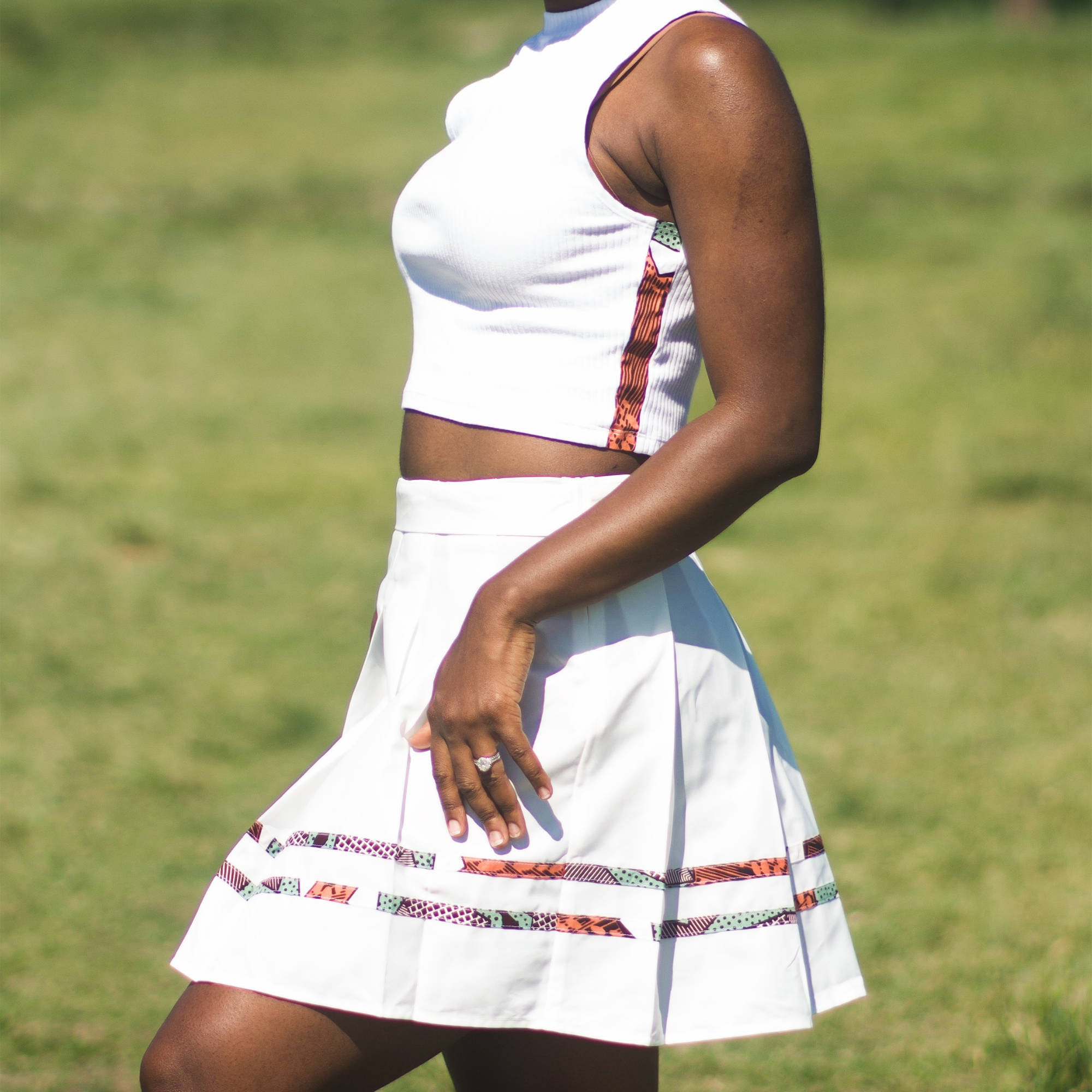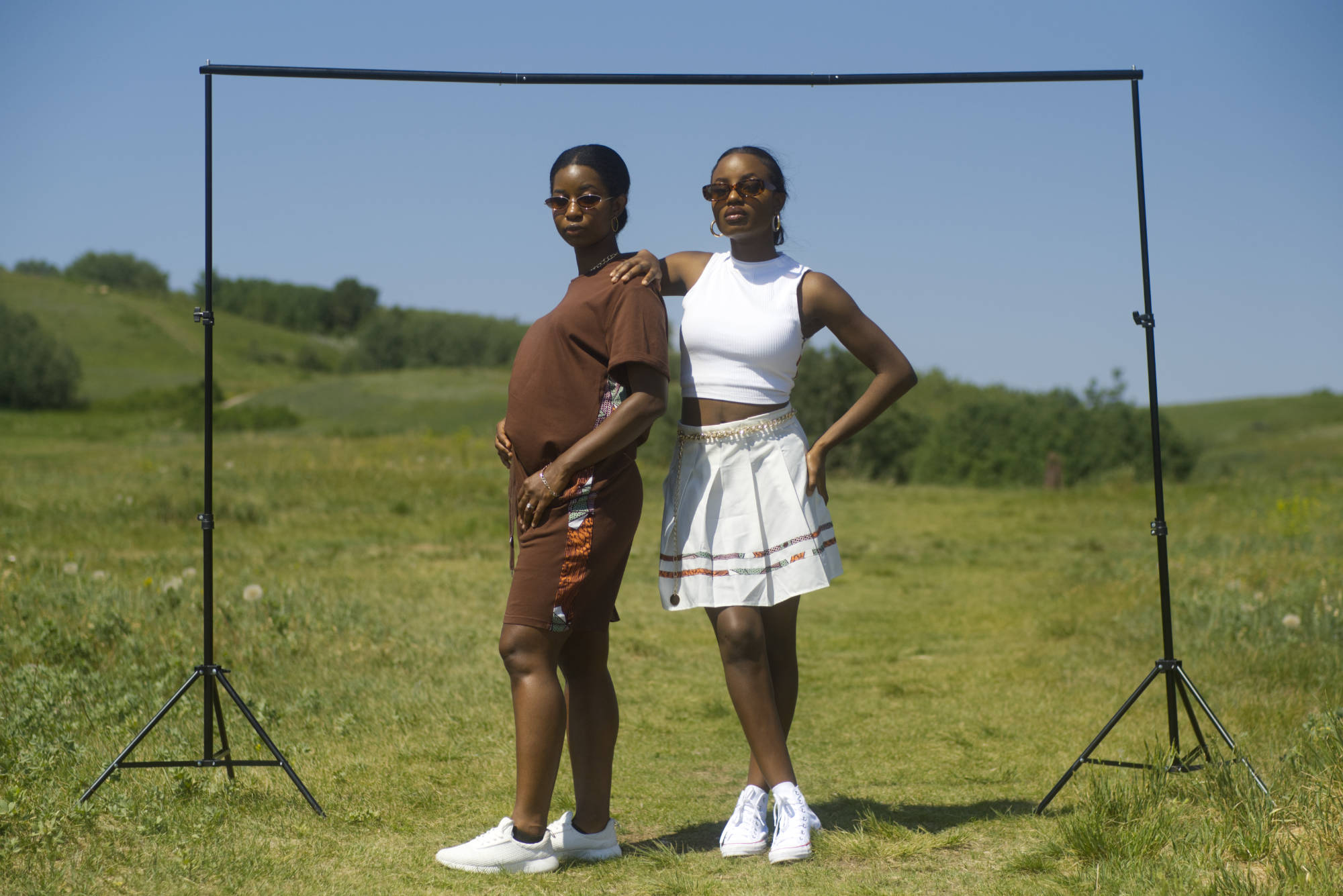
Kinds of Traditional African Clothing by Ethnic Groups
While there’s been a lot of influence from European cultures and the West in Africa, the traditional clothing of African ethnic groups represents the continent’s rich culture and diversity.
Whether you’re looking for ethnic outfits for special occasions or just want to learn more about your roots, the traditional African clothing on this list is sure to offer a unique look and experience. These traditional outfits are also a great way to learn more about African history and the various cultures that come along with it.
Traditional African Clothing By Groups and What to Know About It
Iro Ati Buba
Represented by the Yoruba people of Nigeria, the Iro Ati Buba is a traditional Yoruba outfit for women. It consists of a white, long sleeve shirt with a unique necktie. The tie is made up of three parts:
- a long piece of cloth called “pada,”
- a wooden bead called “nla,” and
- another piece of cloth called “gbesiye”
The cloth has a variety of colours, including white, maroon, and black. The Iro Ati Buba dress is designed with a long black fabric called “Buba” wrapped around the wearer’s waist and tied at the back.
For the Yoruba people, their traditional clothes have different meanings. The Iro Ati Buba dress symbolises a man’s status in society and contains a symbolic meaning.
Kente
The Kente is a strip of cloth with a colourful and intricate design worn by ethnic groups in Ghana. The name “kente” is derived from the words “kwanta” and “ente,” which translate to “golden cloth.”
The fabric is made from silk and cotton and is well-known for its braiding technique, which uses up to seven colours and is still woven by hand.
The Kente dress has many symbolic meanings. It is the official dress of a member of the Akan people used during special occasions and used to honour guests.
Boubou
The Boubou is a long tunic worn by men as well as women across West Africa. For men, the traditional outfit is made with a long-sleeved shirt and a “bagne,” a colourful piece of cloth wrapped around the waist. In some regions, the traditional boubou is made of “taffeta,” while “satin” is used in others.
As for women, they used to wear the boubou made with silk and lace. Nowadays, the traditional dress is mostly worn for special occasions.
Boubou is a Mandinka word that means “clothe the body.” It is also considered a symbol of the Mandinka people’s unity.
Kanzu
The Kanzu is a long-sleeved robe that men in Kenya traditionally wear. It is a traditional dress that symbolises the inter-African marriage between the Luo and the Mijikenda. The Kanzu is also a symbol of a man’s status in society and has a lot of spiritual significance.
The Kanzu is made of thick cloth and is worn with a matching hat. It is a traditional dress that has gained popularity worldwide because of its style and historical significance.
Shuka
The word Shuka means “blanket” in Swahili, and the long piece of cloth is also used to refer to a type of traditional dress that many ethnic groups in East Africa wear.
The Shuka is a large piece of cloth draped around the wearer’s body and held together by a belt around the waist. The Shuka drapes the shoulders and exposes part of the chest. It is a traditional dress that men and women also wear.
The traditional African clothes highlighted above truly represent the continent’s rich diversity and culture. What’s unique about them is that they are worn even today by people from the same ethnic groups that invented them. In the modern world, many of the traditional African clothing we’ve highlighted here have gained popularity across the globe thanks to their unique characteristics and historical significance.
If you’re looking for traditional African clothing, you’ve come to the right place. Nkiti African Clothing is a UK-based brand creating stylish Ankara outfits for everyday wear. Our pieces are made for everyone—celebrating culture, confidence, and comfort. Start browsing now.




Leave a comment
This site is protected by hCaptcha and the hCaptcha Privacy Policy and Terms of Service apply.